Microsoft Surface Pro 2-in-1 Laptop/Tablet (2024), Windows 11 Copilot+ PC – Pros and Cons Review
The Microsoft Surface Pro (11th Edition, 2024), a Windows 11 Copilot+ PC, redefines versatility with its 2-in-1 design, blending tablet portability with laptop functionality. Powered by Qualcomm’s Snapdragon X Plus or Elite processors, it boasts a 13-inch PixelSense Flow touchscreen (OLED or LCD options) and up to 14 hours of battery life. This review explores its strengths and a few limitations.
PROS
Stunning Display and Versatile Design: The Surface Pro’s 13-inch PixelSense Flow display (2880×1920, 267 PPI) is a standout, with the OLED option offering a 1M:1 contrast ratio and 120Hz refresh rate for vibrant colors and smooth visuals, ideal for streaming, creative work, or presentations. The 165-degree kickstand and optional Surface Pro Flex Keyboard (sold separately) allow seamless transitions between tablet, laptop, and studio modes. At 1.97 lbs (895g), its sleek, recycled aluminum build is portable yet durable, available in Black, Platinum, Sapphire, or Dune.
Powerful Performance with Snapdragon X: The Snapdragon X Plus (10-core) or Elite (12-core) processors, paired with a 45 TOPS NPU, deliver exceptional speed, outperforming the MacBook Air M3 in Cinebench 2024 multi-core tests. With 16GB or 32GB RAM and up to 1TB SSD, it handles multitasking, 4K video streaming, and light gaming efficiently. The Prism emulation layer ensures decent compatibility for non-ARM apps, making it a robust choice for professionals and creatives.
Impressive Battery Life and Connectivity: The Surface Pro offers up to 14 hours of battery life for local video playback (10 hours for web usage), surpassing many competitors. Fast charging via USB-C or Surface Connect (65W PSU) keeps downtime minimal. Wi-Fi 7 and optional 5G ensure blazing-fast connectivity, while dual USB-C ports support data transfer and dual 4K monitor setups, enhancing productivity.
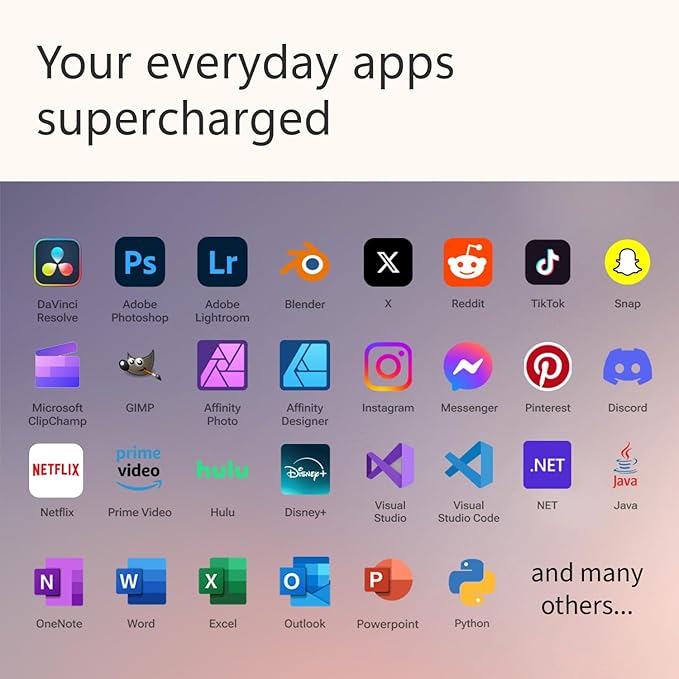
Windows 11 Copilot+ AI Features: Windows 11 Copilot+ enhances productivity with AI tools like Cocreator for generating images from text or sketches, Live Captions for real-time translation of 44 languages, and Windows Studio Effects for video calls (e.g., portrait light, noise cancellation). The Surface Studio Camera (1440p front, 10MP rear) with Windows Hello face authentication adds security and clarity. While some AI features like Recall are still in preview, they show promise for future updates.
CONS
Expensive Accessories: The Surface Pro’s base price starts at $999, but the Flex Keyboard ($349) and Surface Slim Pen ($129) are sold separately, pushing costs significantly higher. For example, a fully equipped model with OLED and accessories can exceed $2,000, making it less budget-friendly than competitors like the Asus Vivobook S 15 Copilot+ PC.
Limited Base Storage: The 256GB base storage fills up quickly with modern apps and media, especially for users leveraging AI tools or 4K content. The 512GB or 1TB upgrades are costly, and there’s no expandable storage option, which may frustrate power users.
ARM Compatibility Issues: While Prism emulation improves x86/x64 app performance, some legacy applications and synchronization tools face compatibility gaps or reduced efficiency. This can hinder users reliant on specific professional software not yet optimized for ARM.
CONCLUSION
The Surface Pro (2024) excels with its stunning display, powerful Snapdragon X performance, long battery life, and innovative AI features, making it a top-tier 2-in-1 for versatile users. However, pricey accessories, limited base storage, and minor ARM compatibility issues may deter some. It’s a premium device best suited for those valuing flexibility and future-proof AI capabilities.
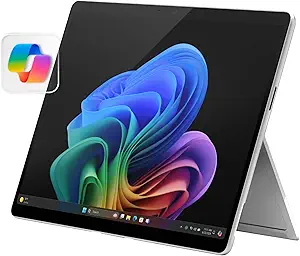

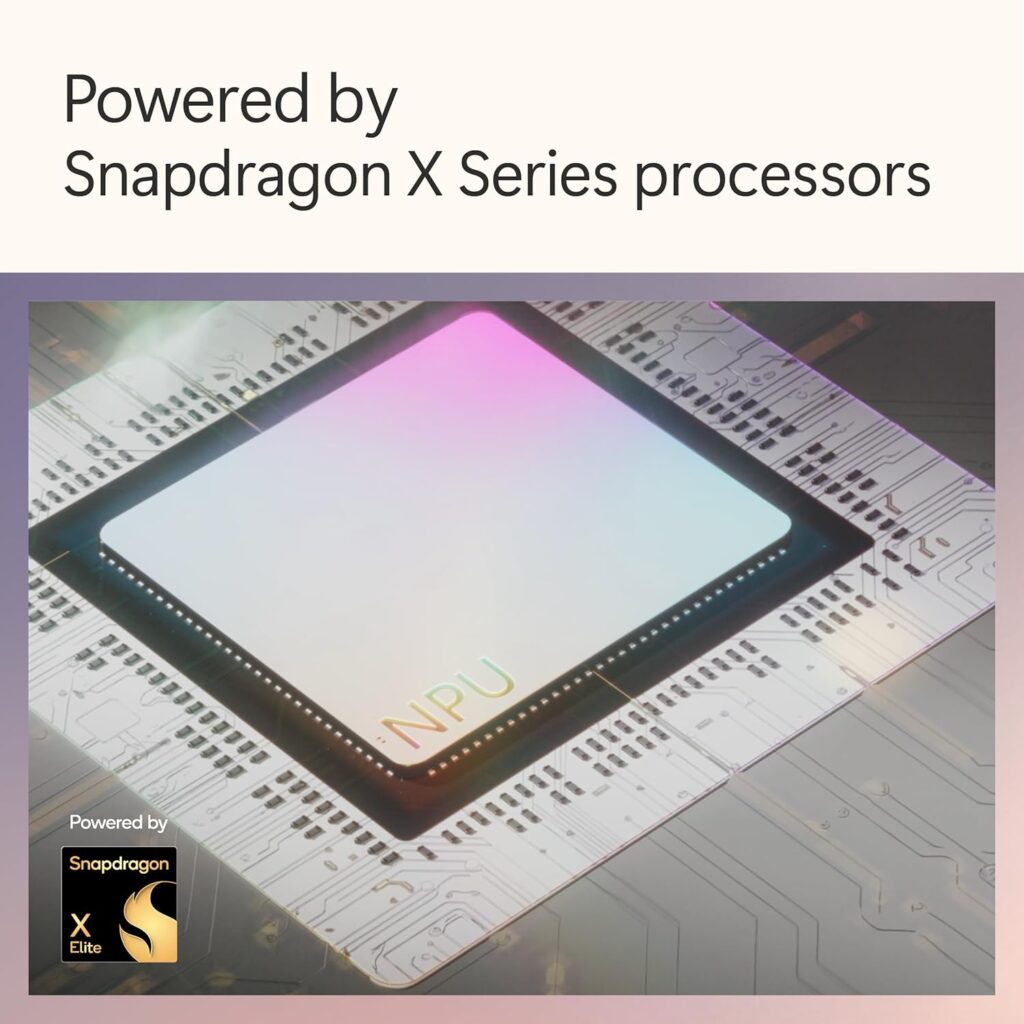

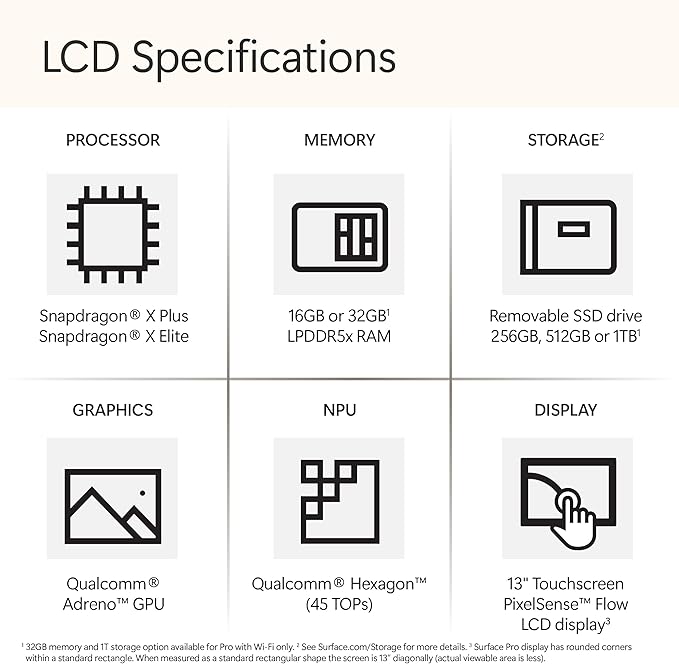
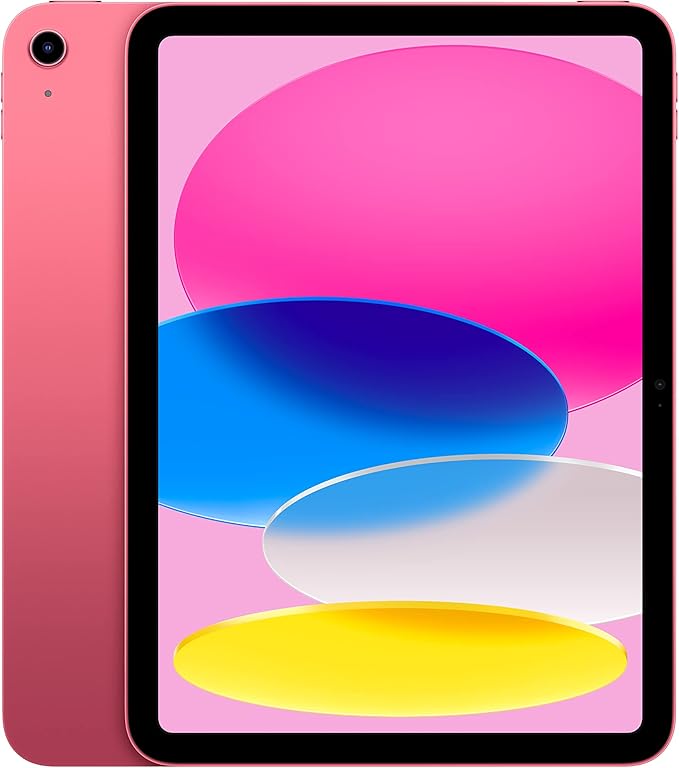
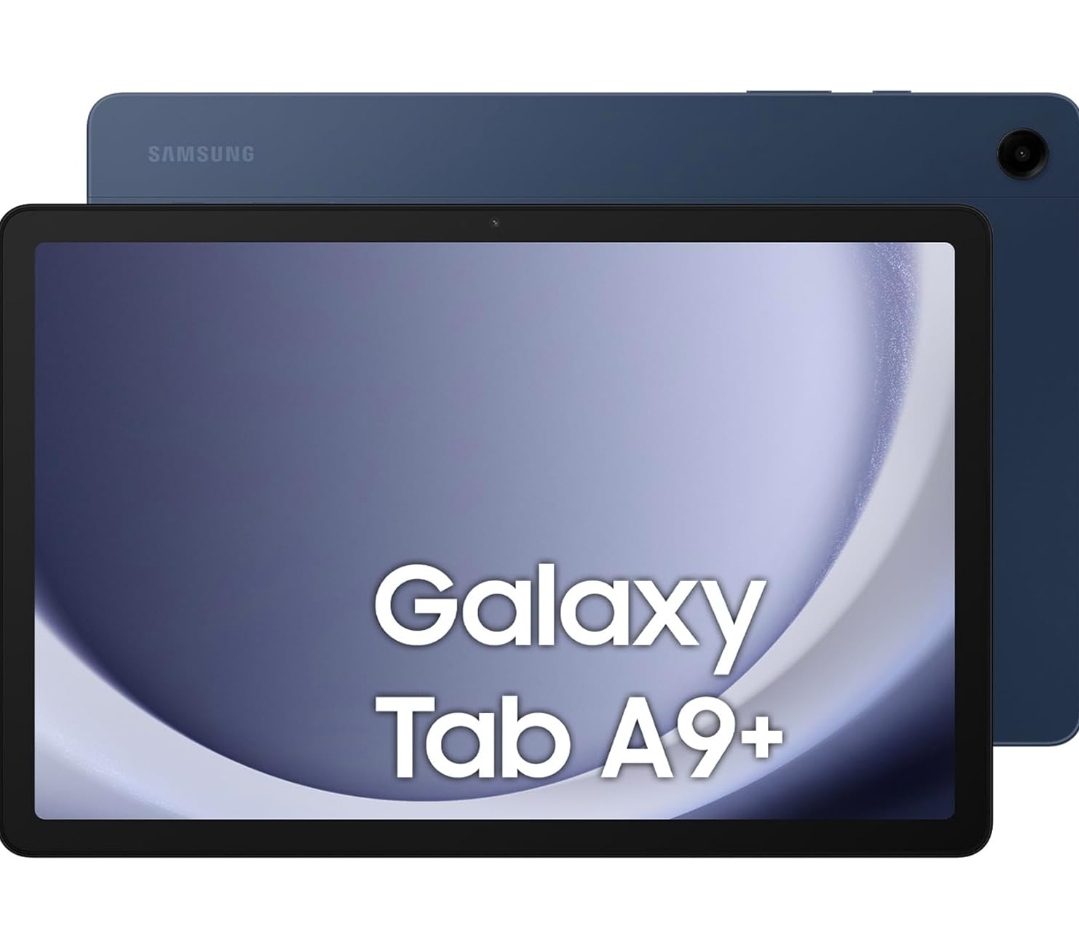
Post Comment